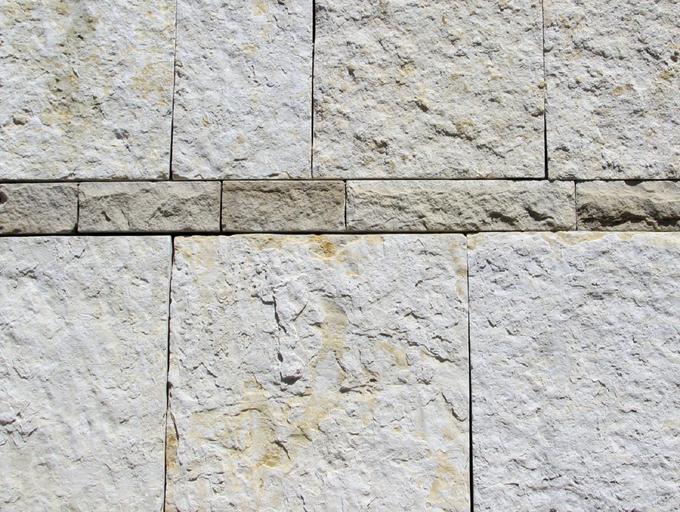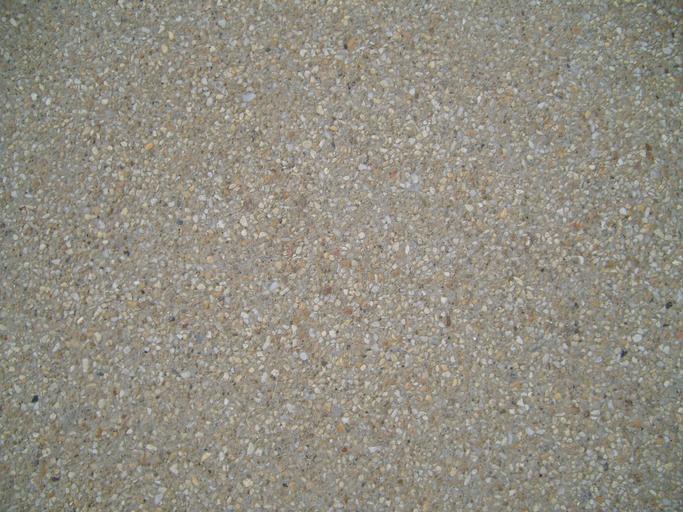
Summary
– Limestone, the natural warmth of the stone
– Formats and installation
– Advantages of limestone tile
– Disadvantages of limestone tiling
– The maintenance of limestone tiles
Like granite, travertine, slate, and marble, limestone is one of the 5 main types of natural stone used for flooring.
Be careful when choosing your limestone! Some are for interior use only.
Like granite, travertine, slate, and marble, limestone is one of the 5 main types of natural stone used for flooring.
Be careful when choosing your limestone! Some are for interior use only.
Limestone, the natural warmth of the stone
Limestone is a sedimentary carbonate rock containing more than 95% calcite. It is part of the organic stones born from the sedimentation of plant organisms.
The different types of limestone
It is classified as limestone if it is:
– Bluestone, which is non-porous. It is dark in color and suitable for both interiors and exteriors and provides excellent thermal comfort. Bluestone is ideal for outdoor use because it does not freeze.
– Whitestone: a soft rock, nicknamed “warm stone” because it is sometimes very porous. It can, therefore, not always be placed outside. The whitestone will never be completely smooth and therefore has good non-slip qualities.
Good to know: People often speak about the “Burgundy stone”; it is a type of limestone.
Characteristics of limestone
Limestone harmonizes very well with rustic materials but also with more contemporary interiors. It has a wide variety of shades ranging from white to pale pink through light yellow or beige ochre of medium resistance. It comes in the form of paving stones, tiles, or slabs. In all cases, limestone will remain in light shades.
Sizes and installation

Limestone comes in the form of slabs, like a traditional tile.
The thickness is generally 2 cm, so you need to have a high reservation height to lay this flooring type. This will raise your support by at least 2.5 cm with the thickness of the glue, so pay attention to space, especially at the level of your doors!
Examples of formats:
– 20×20 cm;
– 30×30 cm;
– 40×40 cm;
– 60×40 cm;
– etc.
As with tiles, the installation can be glued or sealed. Exactly on the same principle with suitable adhesive mortars.
The advantages of limestone tiles
Limestone has impressive benefits for tiling:
– It is very soft and comfortable to work with.
– It is often found polished.
– Its warm aspect makes it an ideal stone for interior use.
– Its maintenance is easy; use a damp cloth with neutral pH soap alternating with black soap.
Disadvantages of limestone tiles
Limestone tiling has some drawbacks, however:
– Some stones are too porous to be placed outdoors.
– Limestone tiles require special treatment after installation. This treatment is imperative for all limestone tiles and must be carried out immediately after installation.
– Limestone is poorly resistant to pollution, acids, and fumes.
The maintenance of limestone tiles
Choosing this flooring type also means committing to meticulous and specific maintenance since its resistance is very average. You will have to carry out a water-repellent and anti-stain treatment right after the installation of your limestone. This treatment is imperative! It will waterproof your floor, just like we waterproof our suede or nubuck shoes! Once this operation is done, the maintenance is classic: water and soap or a neutral detergent.
Don’t forget to leave your comments below. We’ll tell you even more in our upcoming publications on:
– Natural stone tiles: the noble material par excellence;
– Main uses of limestone;
– How to Waterproof your Limestone Tiles
Stay posted!

One Reply to “Why Choose Limestone Tiles to Decorate Your Property”